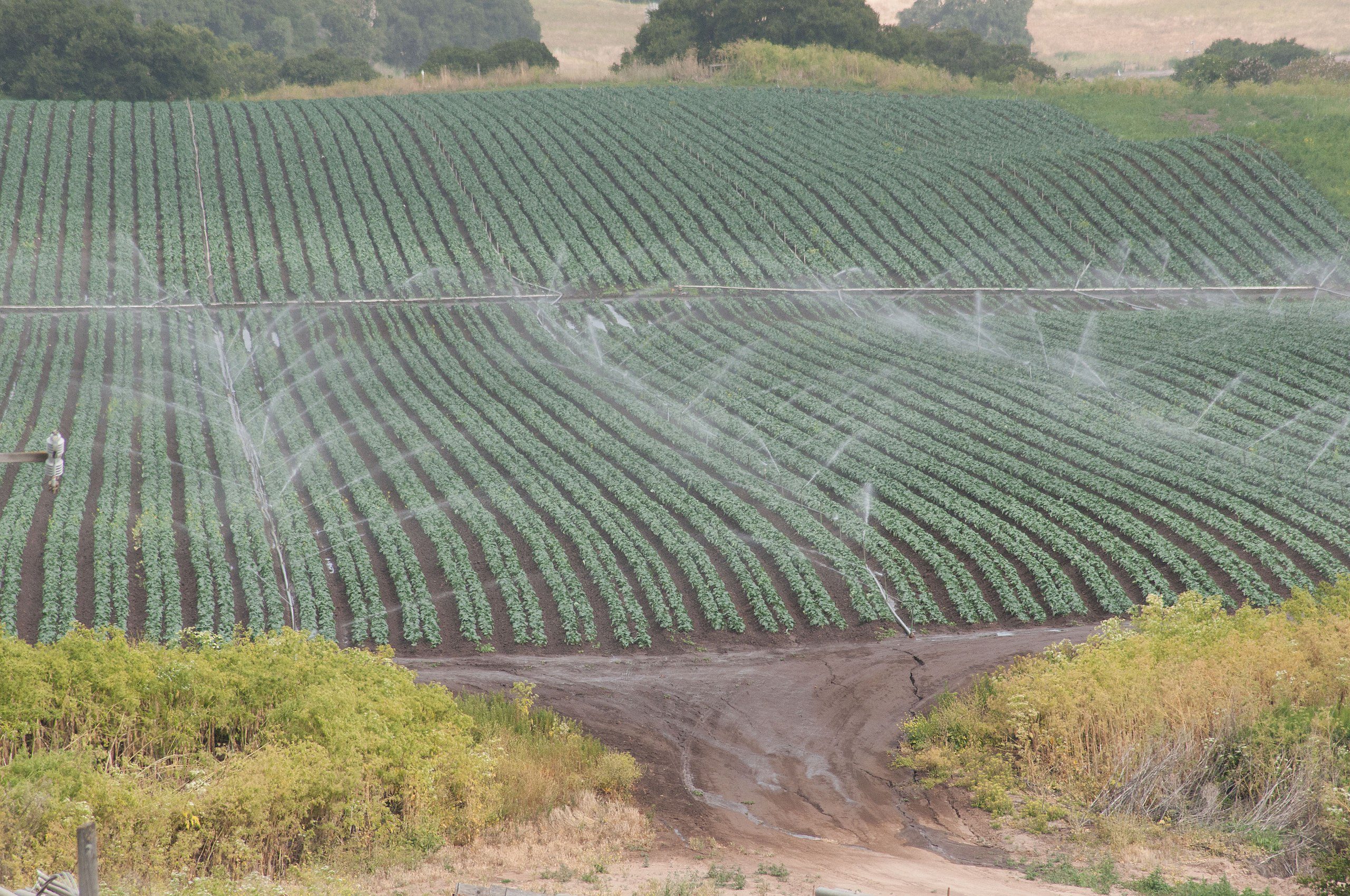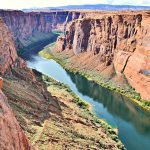June 22, 2023 — California’s Westlands Water District has released its latest report on groundwater recharge efforts. Per its fact sheet
has released its latest report on groundwater recharge efforts. Per its fact sheet






The District is the largest agricultural water district in the United States













Through its comprehensive water delivery system, the District has implemented various groundwater recharge projects since 2019. These projects aim to harness available water resources and improve groundwater levels in the lower and upper aquifers.
Importance of Groundwater Recharge.
To safeguard against future droughts and preserve water resources, groundwater recharge plays a crucial role. The Westlands Water District recognizes the inevitability of the next drought and strives to utilize excess water to prepare for such events. By maximizing water use efficiency and storage capacity, these recharge initiatives also enhance the resilience of the region in the face of climate change. Allison Febbo, General Manager of Westlands Water District






Groundwater Recharge Programs.
The Westlands Water District currently offers groundwater recharge programs to support landowners in refilling and replenishing the aquifers. These programs include percolation basins, flood irrigation, sublateral recharge, and dry well injection. The District is pleased to witness a high level of enthusiasm among landowners, as evidenced by the continuous submission of new applications. According to the report, the District has processed 273 applications for:
- 77 percolation basins
- 61 Aquifer Storage and Recovery (ASR) projects
- 131 Flood-Managed Aquifer Recharge (MAR) Project
- 4 sublateral projects
Progress and Achievements.
With an increased supply of surface water this year, the Westlands Water District has seized the opportunity to prepare for the future. In May 2023 alone, the recharge efforts led to the storage of 24,000 acre-feet (af) of water. Since the beginning of the water year (March 1st to June 20th), approximately 60,000 af of water has been recharged.
Positive Impact on Groundwater Levels.
Thanks to the District’s recharge projects and in-lieu recharge practices (foregone pumping), groundwater levels have shown positive progress. In May 2023, the groundwater elevation levels in the Lower Aquifer rose to -54 mean sea level, representing a 40-foot increase compared to the average groundwater elevation in fall 2022. While these results are encouraging, continued efforts are necessary to ensure a water-secure future for California.
By collaborating with landowners and implementing various projects, the District strives to safeguard against future droughts, preserve water resources, and improve groundwater conditions. These efforts are crucial for ensuring a resilient and water-secure California.
[Image: USDA photo of irrigation in California via Wikimedia Commons












Leave a Reply